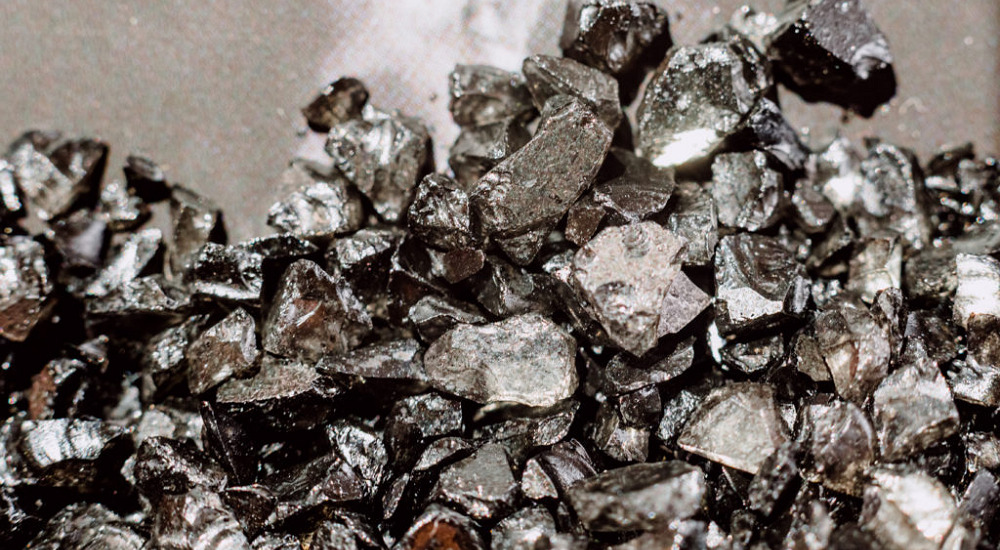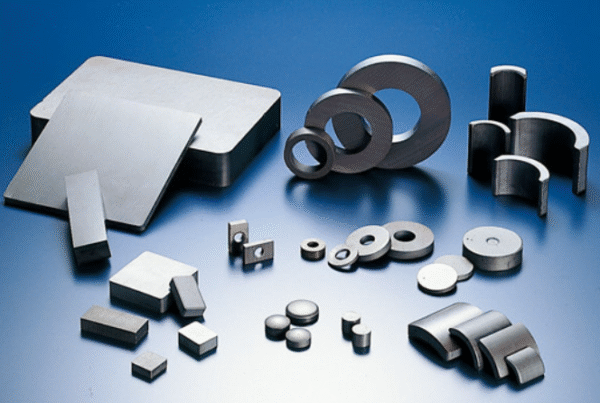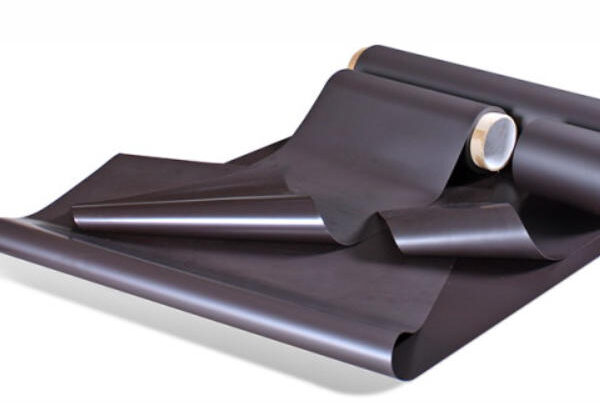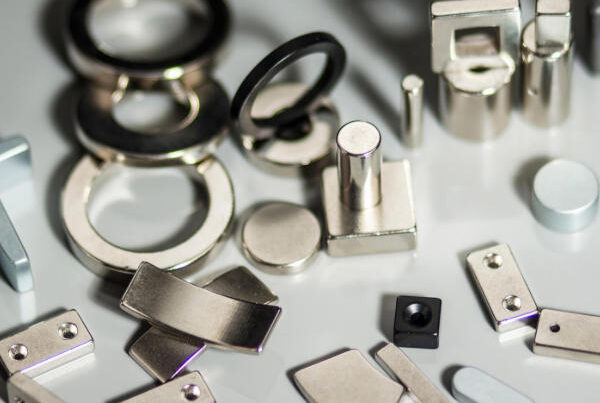With the rapid development of modern science and technology, permanent magnets, especially NdFeB magnets, play an indispensable role in many high-tech products. They are widely used in wind power generation, electronic equipment, electric vehicles and other fields. However, with the elimination and scrapping of equipment, the recycling of waste permanent magnets and the extraction of rare earth elements have become an urgent problem to be solved.
In this article, we will explore the recycling process of waste permanent magnets, as well as the current new technologies for efficient extraction of rare earth elements, and explore the future development of this field.
The current status of recycling of waste permanent magnets
- The importance of rare earth elements
Permanent magnets, such as NdFeB magnets, usually contain rare earth elements such as neodymium (Nd), dysprosium (Dy), samarium (Sm), etc., which are crucial in the manufacture of magnetic materials. However, the mining of rare earth elements is resource-intensive and may pose environmental challenges. Under this trend, in order to alleviate the associated resource pressures and promote sustainability, the recycling of waste permanent magnets for rare earth recovery has become an increasingly important area of focus.
- Sources of waste permanent magnets
Waste permanent magnets mainly come from the following areas:
Discarded electronic products: mobile phones, hard drives, speakers, etc.
Electric vehicles: permanent magnets in motors.
Wind turbines: permanent magnets used for power generation in wind power systems.
However, the challenges faced by waste permanent magnet recycling include: complex magnet structure, containing multiple metal materials, magnetic loss during the recycling process, etc.
Challenges faced by waste permanent magnet recycling
- High threshold of recycling technology
The recycling of waste permanent magnets is not as simple as other common metals. The composition of NdFeB magnets is complex. During the recycling process, it is necessary not only to separate rare earth elements such as neodymium and samarium from mixed metals, but also to maintain the high purity of rare earth elements. Traditional recycling methods such as heat treatment, mechanical crushing and magnetic separation all have certain efficiency and cost problems.
- Environmental pollution problems
During the recycling process, some traditional methods may produce harmful gases or wastewater, causing environmental pollution. How to achieve green recycling has become a major problem in the industry.
- Economic feasibility
Due to the large amount of technical investment required in the recycling process, many small-scale recycling companies face the problem of high costs. Therefore, developing more economical and efficient recycling technologies and reducing recycling costs are the key to current technological breakthroughs.
New technologies for efficient extraction of rare earth elements
As the demand for recycling increases, more and more new technologies are proposed to improve the efficiency of rare earth element recycling and reduce environmental impact. The following are some new technologies being explored:
- Hydrometallurgical extraction
Hydrometallurgy is a technology that extracts rare earth elements from waste permanent magnets by dissolving them with solvents, acids, alkalis and other chemical reagents. The advantage of this method is that it can extract high-purity rare earth elements and is suitable for complex magnet materials. Through the dissolution process, rare earth elements are separated from other metals, and pure rare earths are finally extracted.
- Physical and chemical combined technology
Physical and chemical combined technology combines physical and chemical methods to extract rare earth elements through high-temperature decomposition, magnetic separation, chemical precipitation and other means. This technology can reduce energy consumption while improving the recovery rate.
- Mechanical crushing + heat treatment
The waste permanent magnets are mechanically crushed and then separated by heat treatment technology. During the heat treatment process, rare earth elements such as neodymium will be activated by high temperature and separated from other metals. This method is simple and economical, but the temperature and time of the heat treatment need to be controlled to avoid losing too many rare earth elements.
- Microbial recycling technology
Microbial recycling technology is a relatively new research direction. Scientists have found that some microorganisms can form complexes with metals to extract rare earth elements. This method is environmentally friendly and easy to operate, but it is still in the laboratory stage and has not yet been widely used.
- Electrochemical extraction technology
Electrochemical technology uses electric current to act on waste permanent magnets to separate rare earth elements from other metals through electrolysis. The advantage of this technology is that it can be carried out at low temperature, has low energy consumption, and can accurately control the reaction process.
Future Outlook: Moving towards green recycling
As participants in the permanent magnet industry, we should continue to promote the research and development of green recycling technology, strengthen the application of environmentally friendly recycling processes, and enhance corporate social responsibility. Through technological innovation and policy support, the rare earth recycling industry will be more efficient and environmentally friendly in the future, and will contribute to promoting global sustainable development.






